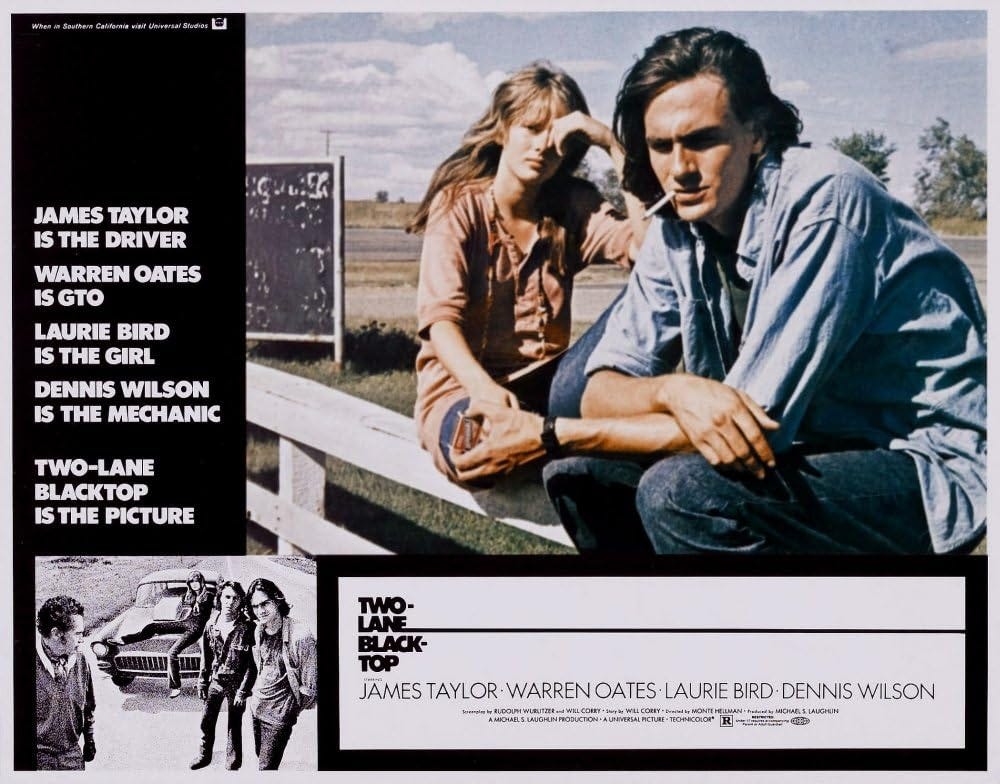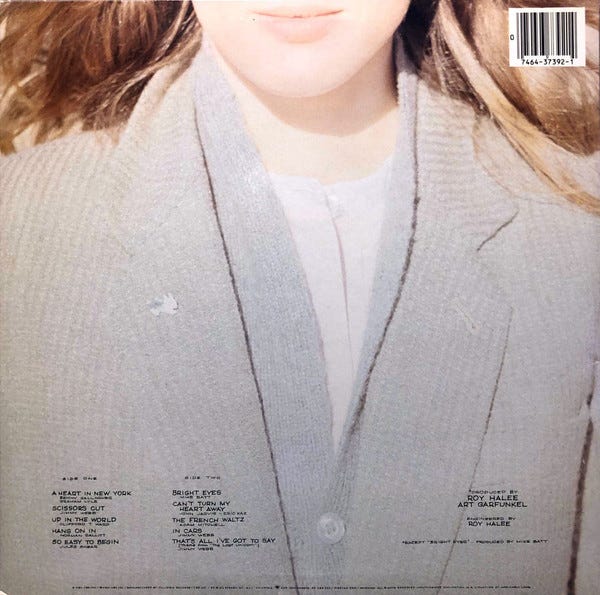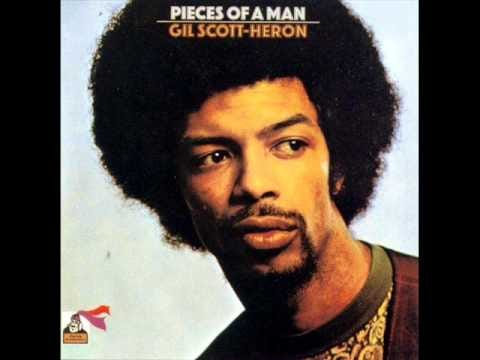Tell Me A Story
[ A ]
Long ago, in Kentucky, I, a boy, stood
By a dirt road, in first dark, and heard
The great geese hoot northward.
I could not see them, there being no moon
And the stars sparse. I heard them.
I did not know what was happening in my heart.
It was the season before the elderberry blooms,
Therefore they were going north.
The sound was passing northward.
[ B ]
Tell me a story.
In this century, and moment, of mania,
Tell me a story.
Make it a story of great distances, and starlight.
The name of the story will be Time,
But you must not pronounce its name.
Tell me a story of deep delight.
-Robert Penn Warren
Tomorrow is December 22nd. It will have been exactly four months since my son passed away, although his spirit passed away for me one day earlier when I found a songbird stuck in a glue trap. It looked at me, as I pulled it free. I held it in my hands for perhaps too long and released it. While it flew up into the tree, I felt my son’s spirit fly up with it.
Today is the winter solstice in the Northern Hemisphere. It is the day with the shortest period of daylight and, therefore, the longest night of the year. From this day forward the nights will get shorter. In this regard, the winter solstice teaches us about resilience and hope in the face of darkness. It reminds us that the sun rises again even after the longest night, bringing new beginnings and brighter days.
The winter solstice is also a time to reflect, which is why I think on a long drive from Minneapolis to Chicago the other day I played Art Garfunkel’s 1975 album Breakaway:
I can’t recall how I came to own this as a kid. When it was released, I was in junior high school. I must have heard a song on the radio, but it’s been so long now, I can’t recall for sure. I think it was I Only Have Eyes for You:
I hadn’t had a girlfriend yet and had never even been on a date - I admired girls from a very far distance. So, I was just a hopeless romantic asking for the album for Christmas or something. Clearly, Breakaway made an impact, and I still have that copy in my collection.
Over the years I keep coming back to it from time to time, finding new things each time I play it. At one point, I wondered who was on the cover. It was easy to find out the woman on the left was Helena Kallianiotes, the Greek American film actress who among other things opened a private members-only nightclub on the corner of L.A.’s Rampart Boulevard and West Temple Street called Helena’s. She also starred with Raquel Welch in Kansas City Bomber. Here she is on the left:
But who was the woman on the right? We see only her profile. She remained a mystery for many years. Only when Google became a possibility did I find out this was Laurie Bird.
Laurie Bird was born in Glen Cove, New York. After her mother committed suicide, she was raised by her strict father. After running away several times she was placed in an institution for troubled girls. In a chance meeting with the screenwriter Rudolph Wurlitzer, she was recommended to Monte Hellman to play a part in his 1971 film Two-Lane Blacktop:
This is a fascinating film about a cross-country race between a souped-up ‘55 Chevy and a new factory-made Pontiac GTO that gets complicated by the presence of a hippie chick hitchhiker. It also stars James Taylor, Beach Boy Dennis Wilson, and Sam Peckinpah film veteran Warren Oates. Harry Dean Stanton has a bit part as well.
I may be among the few who love this movie. The pace is mesmerizing, there’s barely any dialog, and it stars two famous musicians who don’t play a single note. But what I like most of all is the vintage cars. Any motor-head loves everything about this film, the dialog, the locales, the diners, the gas stations, the clothes, the hair. The audio is not so good in this clip from the film, but you can get the picture:
It's epic stuff that stresses art over commerce—not a great Hollywood formula in 1971.
In 1974, Bird starred with Oates in another classic, Hellman’s Cockfighter:
After this film and at some point in 1974 Bird met Art Garfunkel and the two became a couple. Here’s a photo of them together:
Garfunkel used a Bird photo for the cover of his 1977 album Watermark:
Interestingly, Paul Desmond recorded his final song on Watermark. Here he is on Mr. Shuck'n Jive, playing a wonderful and sorrowful solo at the 3:20 minute mark:
Shortly after the recording session, on May 30, 1977, Desmond passed away from lung cancer. He was 52.
Bird and Garfunkel stayed together until she committed suicide in their Manhattan apartment on June 15, 1979, while he was in Europe filming Bad Timing - that in and of itself is a strange and tragic twist of fate.
When she died Laurie Bird was 25 years old, the same age as my son when he died. Garfunkel was deeply affected by her death and in 1988 was quoted, “I took her death terribly and remained moody over it through much of the 80s.”
The credits of his 1981 album Scissors Cut state that the album was “dedicated to you, Bird.” He also included a picture of her on the back of the album:
Oddly, Bird’s face never fully appears on the album covers of both Breakaway and Scissors Cut.
Is this a coincidence?
The occasion of my trip to Chicago was to visit a friend who was in town from Vienna. We met at the wonderful Corbett vs. Dempsey art gallery for a tandem book release for Ken Taylor with Ed Roberson’s found poems(s) and Matthew Goulish’s Kingfisher.
Goulish started Kingfisher with an existing poem of the same name by Roberson, in which he discusses the process of reading Roberson’s poem. He talked specifically about the strange hold the Kingfisher has on him even though he has never seen one. A hold that has led him to read and research it using the Smithsonian Handbooks Birds of North America Western Region by Fred J. Alsop III and other sources.
In Kingfisher Goulish writes:
I look out and listen in. I trace it as best I can. This one came to me as so many seem to that refuse to leave, by a circuitous coincident path.
I agree that these spirit animals just come to us in some “circuitous path” and refuse to leave, all along reflecting back to us our souls. We do not need to see something for it to have a casual hold on us and project inward as a companion.
In an earlier leg of my journey on that Big River called Jazz, I wrote about how I feel the songbird is my spirit animal:
With that in mind, I ask again: Is it a coincidence that the event in Chicago orbited around Roberson’s poem about a bird, and one that contains my surname in its spelling?
I think not.
Listening to Breakaway on that Chicago trip the song Rag Doll hit me hard:
Rag Doll was never my favorite from the album, but when I heard it this time the lines in the song made me sad:
The wind in the trees sings a sad, sad, sad song
I lie in my bed listenin' all night long
A wind in the trees sing a song just for me
And bring back the Rag Doll to me
Oh, how I long to have her back here by my side
The happiness of yesterday, it damn near cost my pride
There ain't nothin' worse than losin' when you've everything to gain
I've just got to get that woman back or nothing will be the same
I could not help but substitute my son in the words of the song.
In Kingfisher, Goulish writes:
In Childhood fishing trips overnight to Northern Michigan for sunfish and even up to Canada for walleye pike, I heard the loon over the lake. The high extended pitch and its fall into decrescendo seemed a voice cast across the placid expanse. The sounds became one with morning mist dissipating at dawn. Amazingly to me, the only image I had for the unseen bird had been impressed onto a Canadian coin like a totem, authenticating what I had experienced as its mysterious importance. I made a point of keeping one in my pocket and taking it out to look at it, or simply touching it, when I heard the call, transmission from the “code figure of birds” as Roberson wrote in another poem.
This all reminds me of one of my first memories together with my mom, back when I was in grade school, maybe in third or fourth grade. I was much closer to my mom than my dad - through no fault of his. She was at home and would just spend time with me.
We were out walking somewhere, as we often would, maybe home from Bellaire Elementary School one day or up to the Red Owl for some candy, both just a short walk through the woods from our house. I recall hearing the calls of a flock of Canadian geese flying above our heads, close enough to hear their wings beating. I stopped, pointed to the sky, and shouted, “Mom, look! Canadian Honkers.” Together we looked up at them in silence and listened to them come and go. It was magnificent.
As I journey into the days of shorter nights, I think of Janus, the Roman god of transitions:
Although today is the shortest and darkest day, from here on out we’re walking into the light. Even as we enter the coldest days of winter, it will get brighter.
As I reflect on the winter solstice, I’m reminded of the ending from the 1969 Shirley MacLaine movie Sweet Charity. It takes place after she has been stood up on her wedding day and abandoned by the man she dared to love:
In the end, I need to pick up my suitcase, keep my eyes on the sky, and move forward. Not until I look within my own heart can I walk upon a path that leads to liberation - to break away.
It must be love that will endure, and the winter solstice represents a continuous cycle of growth and renewal - a lesson I need to remember.
Next week, on that Big River called Jazz, we’ll dig in our paddles to explore the world of Hoagy Carmichael.
If you like so far what you’ve been reading and hearing on our journey and would like to share this with someone you think might be interested in learning more about our great American art form: Jazz, just hit the “Share” button.
From Astaire to Sun Ra: A Jazz Journey is a reader-supported publication. If you feel inclined, subscribe to my journey by hitting the “Subscribe now” button.
Feel free to contact me at any time to talk shop. I welcome and encourage that.
Please hit this link to buy me a cup of coffee, if you’d like to show your guide some appreciation for this and past journeys. Know in advance that I thank you for your kindness and support.
Until then, keep on walking….












Your ability to connect people, feelings, music, events, etc., & bring them together, where they obviously belong, is quite incredible. Thanks for sharing.
Grief, has so many resonances often without warning nor apparent reason. May you and your family find some peace and strength amongst the inevitable rememberances this holiday season.